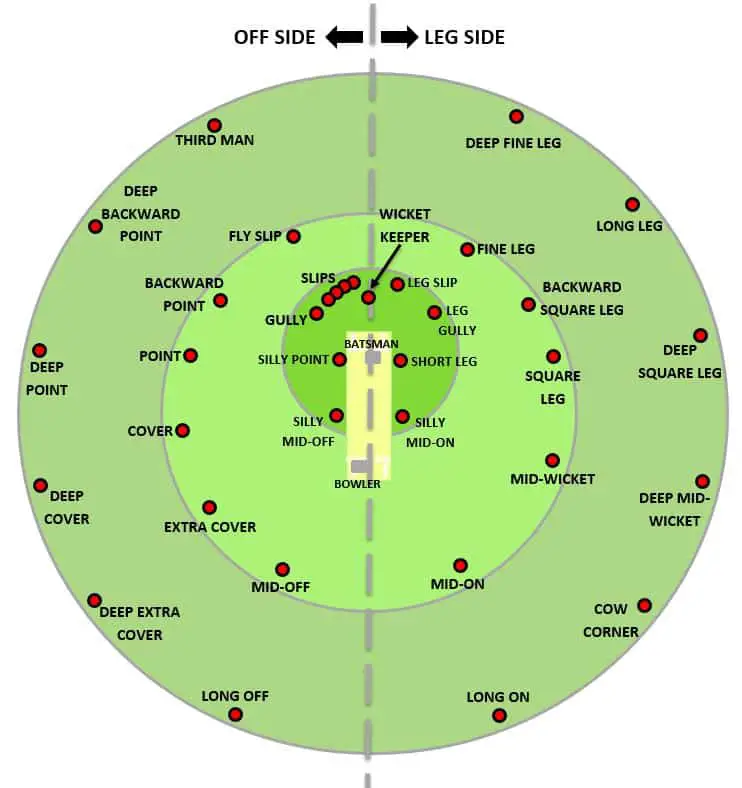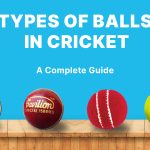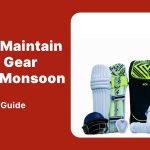Introduction
In local cricket games, everyone gets a chance to show how good they are at playing and having fun. While hitting and throwing the ball are important, catching and stopping the ball are also super important. We’re going to talk about how to do these things right in this article. Let’s learn about the spots where players stand and how it helps the team do well, along with some useful cricket playing tips.
Playing Fielding in Local Cricket
In local cricket, the way we play in the field is just like the big cricket matches you see on TV. Knowing where to stand and how to stop the ball can make a big difference for your team.

Fielding Positions and Their Descriptions
- Slip: Placed behind the batsman on the off-side, slip fielders are on the lookout for edges and quick catches off the bat.
- Gully: Similar to slip, the gully fielder stands at a wider angle on the off-side, ready to pounce on edges.
- Point: Covering the region between cover and backward point on the off-side, point fielders aim to stop aggressive shots and cut off singles.
- Cover: Positioned between point and mid-off, the cover fielder halts shots played through the off-side and prevents boundaries.
- Mid-off: Between the bowler and the non-striker’s end, mid-off stops drive down the ground and support in run-outs.
- Mid-on: Opposite to mid-off, mid-on prevents shots hit straight down the ground and aids in quick run-out opportunities.
- Mid-wicket: On the leg side, slightly behind square, the mid-wicket prevents leg-side shots from reaching the boundary.
- Square Leg: Near the boundary on the leg side, square leg fielders stop leg-side shots and prevent easy runs.
- Fine Leg: Positioned close to the boundary on the leg side, fine leg prevents deflections from going for boundaries.
Also Read Ways to improve your batting strike rate
Where to Stand: Fielding Positions
Here are some spots where players stand on the field. Each spot has a job to do to help the team:
- Catching Close to the Batter: Some players stand behind the batter on the side where the batter holds the bat. They want to catch the ball if it touches the bat and goes in their direction.
- Stopping the Ball in the Field: There are players who stand to the sides and in the middle of the field. They stop the ball from going far and make it hard for the other team to get runs.
- Stoppers Near the Batter: Players stand close to the batter. They want to stop the ball if the batter hits it hard and fast.
- Stopping on the Sides: Some players stand on the sides to stop the ball if the batter hits it that way. They don’t want the ball to reach the boundary.
- Stopping in the Middle: A player stands in the middle between the batter and the bowler. They try to stop the ball from going straight down the field and help in run-outs.
Strategies for Local Cricket Tournaments
- Analyze Opponents: Study the opposition’s strengths and weaknesses. Adjust your fielding positions to capitalize on their vulnerabilities.
- Pitch Conditions: Adapt fielding positions based on the pitch conditions. A bouncy wicket might require more slips, while a slow pitch might necessitate more infielders.
- Batsman-Specific Plans: Tailor your fielding positions to individual batsmen. Some players favor one side of the field more than the other.
Mastering the art of Cricket Strategy with CricInsights
Easy Help with CricHeroes Wagon Wheel
For local cricket teams, the CricHeroes wagon wheel feature is a game-changer. This feature helps teams analyze batsmen’s scoring areas and tailor fielding positions accordingly. By understanding where a batsman is likely to score, you can strategically place fielders to curb their run-scoring opportunities.

Conclusion
Fielding in local cricket tournaments is as vital as batting and bowling. Mastering fielding positions and understanding your opponents can lead to game-changing moments. By employing a combination of standard fielding positions, customized strategies, and technological aids like CricHeroes’ wagon wheel feature, local cricket teams can elevate their fielding prowess and turn the match in their favor.
I am Dhaval Jain, SEO All-Rounder at CricHeroes.
CricHeroes is an ultimate Cricket Scoring App and the world’s only true Cricket Network. With more than 30 million registered cricketers using CricHeroes to Live Score their Local Cricket Matches and Tournaments, CricHeroes is already the number one Cricket Scoring App in the world!










